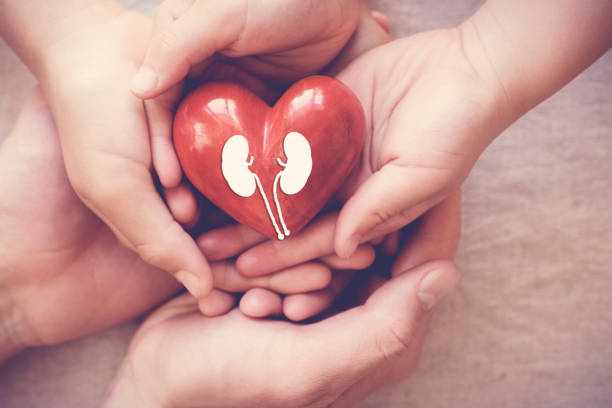
The world is currently facing a critical shortage of organ donations, leaving countless individuals suffering from kidney disease, liver disease, and other serious conditions without hope for a life-saving transplant. With over 100,000 people in the U.S. alone waiting for an organ transplant, the need has never been greater. But the good news is that you can help make a difference. By learning more about living organ donation, supporting organ donation efforts, and spreading awareness, you can be part of the solution today.
The Urgent Need for Organ Donation
Millions of people worldwide are affected by organ failure, especially those suffering from kidney and liver disease. Kidney disease affects about 37 million Americans, and thousands are in dire need of a kidney transplant to survive. Similarly, liver disease claims countless lives as patients wait for a matching donor.
While deceased donors can help, the gap between organ supply and demand remains vast. This is where living organ donation becomes a vital lifeline. One individual, by choosing to donate a kidney or part of their liver, can offer the gift of life to someone in desperate need. But awareness and action are crucial to closing the gap.
How Living Organ Donation Saves Lives
Living organ donation allows healthy individuals to donate a kidney or part of their liver to someone in need. The human body is remarkable in that we have two kidneys but only need one to live a full, healthy life. Likewise, the liver can regenerate after a portion is donated.
Living donations offer numerous benefits over deceased donations:
● Shorter wait times: Patients receive transplants faster, often before their condition worsens.
● Better outcomes: Recipients of living organ transplants tend to have better long-term health outcomes.
● Increased survival rates: Living donors provide organs that are often healthier, improving the chances of a successful transplant.
Save One Person’s Mission: Leveraging Media to Save Lives
At Save One Person, we’re dedicated to bridging the gap between those in need of a living organ donor and people willing to help. Our mission is simple yet powerful: to save or dramatically improve lives through the power of media.
Founded in 2002 by Lauren Finkelstein, Save One Person’s Global Media Campaign highlights urgent life-saving needs by broadcasting weekly alerts on TV, radio, and across the internet. Whether it’s for a kidney transplant, liver transplant, or bone marrow match, these alerts call on everyday heroes to step forward.
We believe that one life saved can make a world of difference, and through the media, we can reach people far and wide who may be able to answer the call. With stations running these alerts globally, from Poland to Boise, Idaho, the chance for a miracle donation increases significantly.
What You Can Do Today
There are many ways you can get involved and help solve the organ donation shortage today:
1. Become a Living Organ Donor
If you’re in good health, consider registering as a living organ donor. By donating a kidney or part of your liver, you can save someone’s life and become a part of their recovery story. The process is safer than ever, with medical advances minimizing risks for donors.
2. Spread Awareness
Not everyone is aware of the living organ donation process or how they can help. Sharing this information with friends, family, and your community can help more people learn about the urgent need for donors.
3. Register as a Deceased Organ Donor
Even if you’re unable to donate while alive, registering as an organ donor after death can still make a life-saving impact. A single deceased donor can save up to eight lives, and many more through tissue donation.
4. Support Save One Person’s Campaign
By supporting Save One Person, you can help ensure that media outlets around the world continue to broadcast life-saving alerts. Whether you donate, volunteer, or simply share our mission with your network, your involvement can help us save lives.
The Power of One Person
Our founder, Lauren Finkelstein, believes in the power of one person to change the world. Save One Person started with a vision of using media to reach people in desperate need of organ donors and bone marrow matches. Today, thanks to our global media campaign, many lives have been saved, but there is still so much more we can do.
If you can help bring this vision to more media outlets, please contact us today. Every second counts when someone’s life is on the line, and you could be the one to make a life-saving difference.
Frequently Asked Questions (FAQs) About Organ Donation
1. What is living organ donation?
Living organ donation occurs when a healthy individual donates an organ, or a part of an organ, to someone in need. The most commonly donated organs from living donors are kidneys and portions of the liver, as both organs can still function normally after donation.
2. Who can become a living organ donor?
Living organ donors are typically healthy adults between the ages of 18 and 60. Each potential donor undergoes a comprehensive medical evaluation to ensure they are healthy enough for the procedure and that the donation won’t harm their well-being.
3. What organs can be donated by living donors?
Living donors can donate:
● Kidneys: Since humans have two kidneys but can live a healthy life with just one, kidney donations are the most common type of living organ donation.
● Liver: A portion of the liver can be donated, as the liver has the remarkable ability to regenerate to full size within months. In rare cases, living donors can also donate parts of their lung, intestine, or pancreas.
4. What is the recovery time for living organ donors?
Recovery time varies depending on the type of organ donation. For kidney donations, most donors can return to normal activities within 4 to 6 weeks. For liver donation, it may take longer—approximately 8 to 12 weeks. Each individual’s recovery is different, and doctors will provide personalized advice.
5. Are living organ donors compensated for their donation?
No, living organ donors are not paid for their donation. However, certain expenses such as medical evaluations, surgery, and post-operative care are generally covered by the recipient's insurance. Other costs, like lost wages and travel, may not always be covered, but some organizations provide financial assistance to donors.
6. Is living organ donation safe?
Living organ donation is generally very safe, but as with any major surgery, there are risks involved. Medical advances have greatly minimized the risks for living donors, and donors undergo extensive medical evaluations to ensure they are healthy enough for the procedure. Most living donors go on to live normal, healthy lives after donation.
7. How does living organ donation benefit recipients?
Living organ donations provide better outcomes for recipients compared to organs from deceased donors. Patients who receive organs from living donors often experience:
● Shorter wait times for transplants, which can prevent further deterioration of their health.
● Better success rates due to the immediate availability of the donated organ and the known health status of the donor.
● Improved long-term survival, as living donor organs tend to last longer than organs from deceased donors.
8. How do I register as a living organ donor?
If you are interested in becoming a living organ donor, you can start by contacting a local transplant center or an organization that facilitates organ donation, like Save One Person. You will need to undergo a thorough medical screening to ensure you are a good candidate for donation.
9. Can I donate an organ after I die?
Yes, anyone can register as a deceased organ donor. By registering with your local organ donor registry, you agree to have your organs donated in the event of your death. Deceased donors can save up to eight lives through organ donation and improve many more through tissue donation.
10. How can I support organ donation if I can't donate?
Even if you are unable to become a living or deceased organ donor, you can still support organ donation by:
● Spreading awareness: Share information about the importance of organ donation with your friends, family, and social networks.
● Supporting organizations: Donate your time, money, or resources to organizations like Save One Person, which work to connect those in need with potential donors.
● Becoming an advocate: Help raise awareness by advocating for policies that support organ donation, and encourage others to register as donors.
11. How can Save One Person help connect donors and recipients?
Save One Person’s mission is to use the power of media to connect people in need of a living organ donor or bone marrow match with those who can help. Through our weekly alerts on TV, radio, and the internet, we raise awareness of urgent life-saving needs and call on the public to take action.
12. What should I do if I want to help but don’t know where to start?
If you’re unsure how you can contribute, the best place to begin is by learning more about organ donation and sharing that knowledge. You can visit Save One Person to find more resources or get involved in supporting the campaign by donating, volunteering, or spreading the word.
Conclusion
The organ donation shortage is a crisis, but it’s one that we can solve together. Whether you choose to become a living organ donor, spread the word, or support organizations like Save One Person, your actions can have a profound impact on someone’s life.
Let’s come together to close the gap, save lives, and make the world a better place—one organ donation at a time.
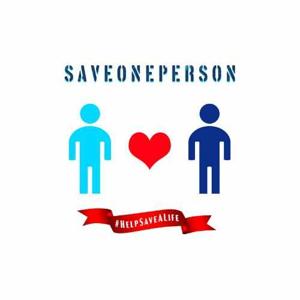
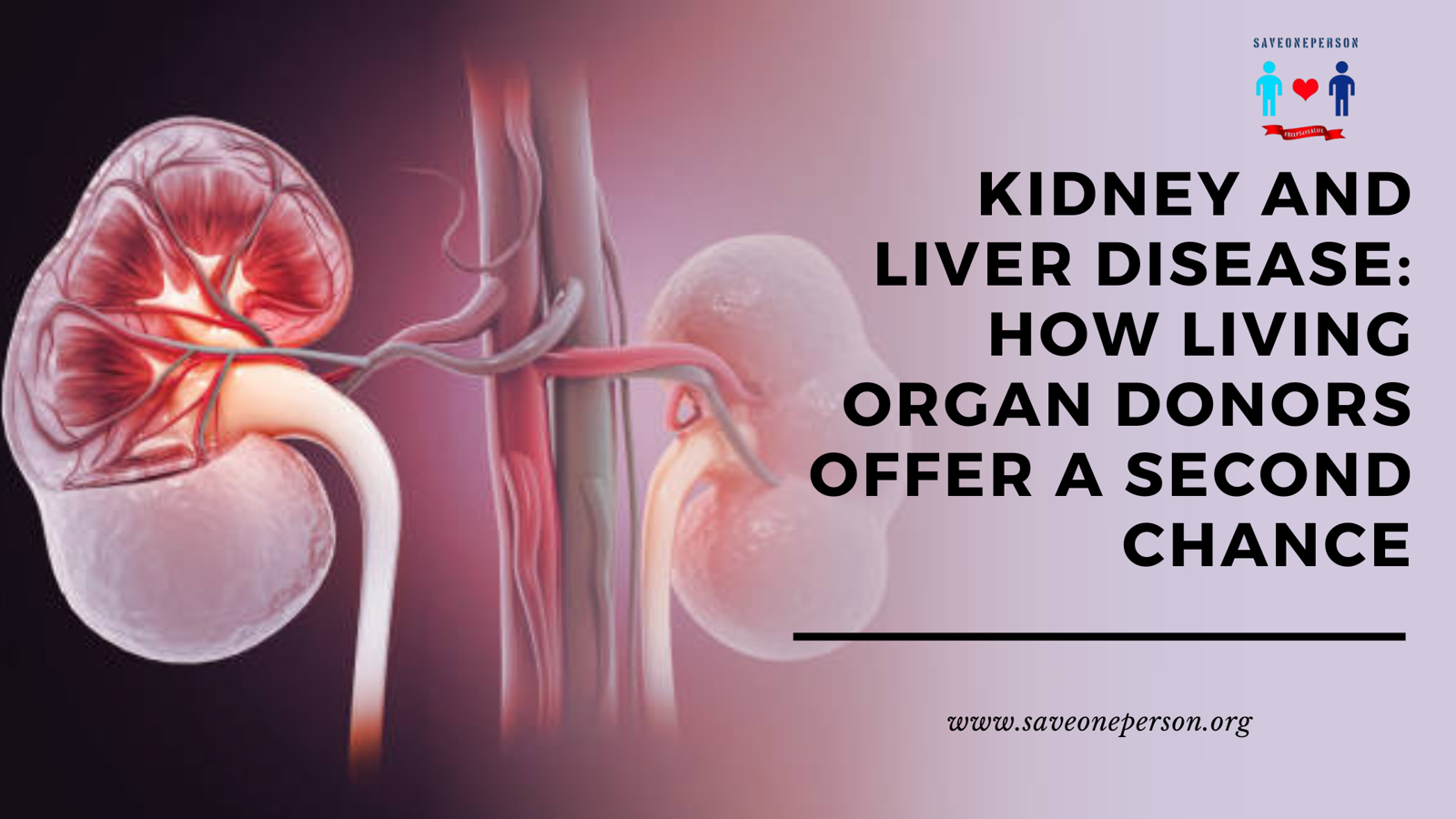


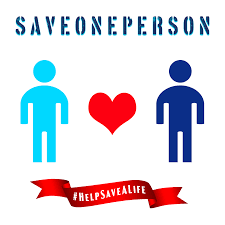

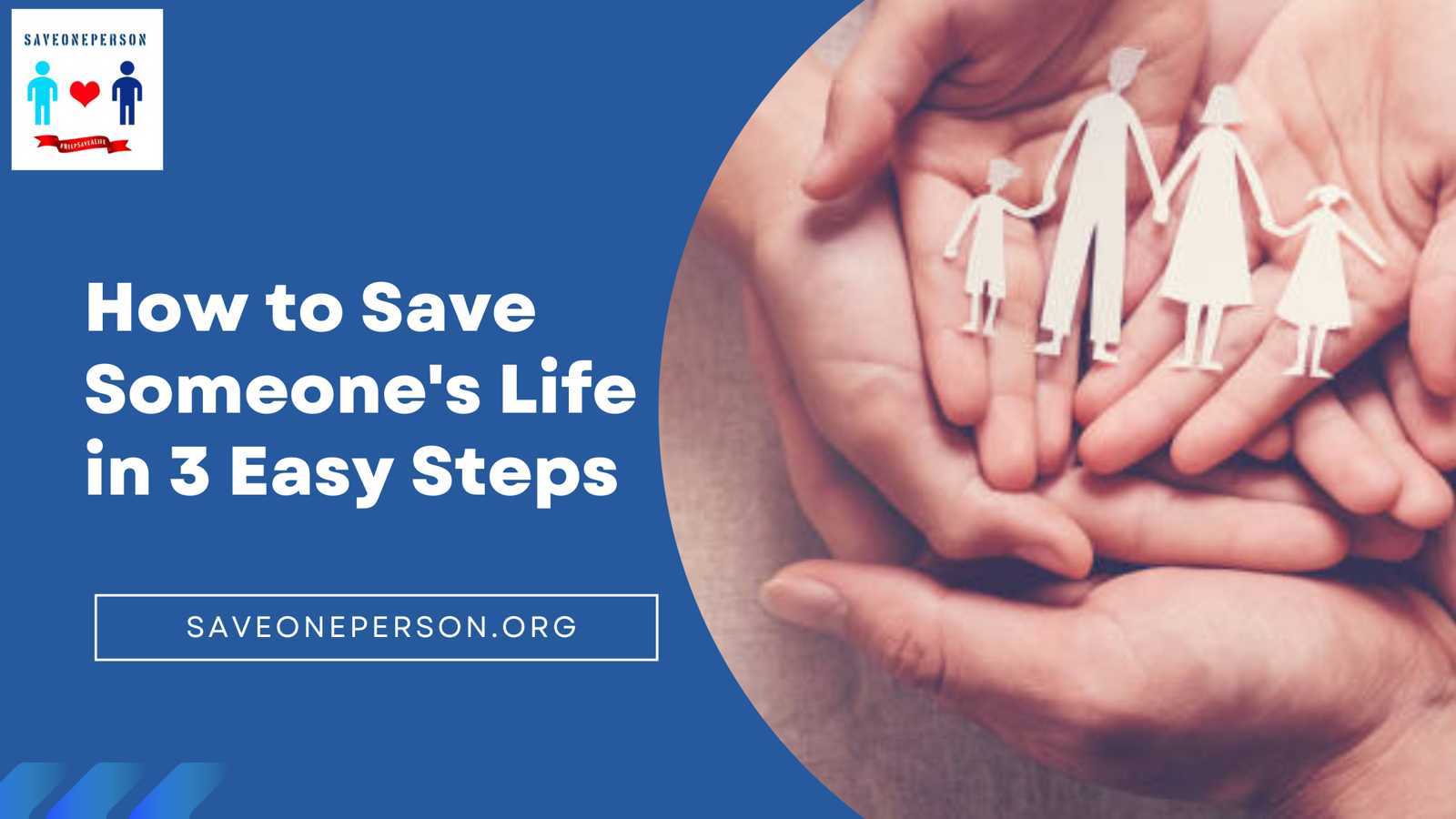


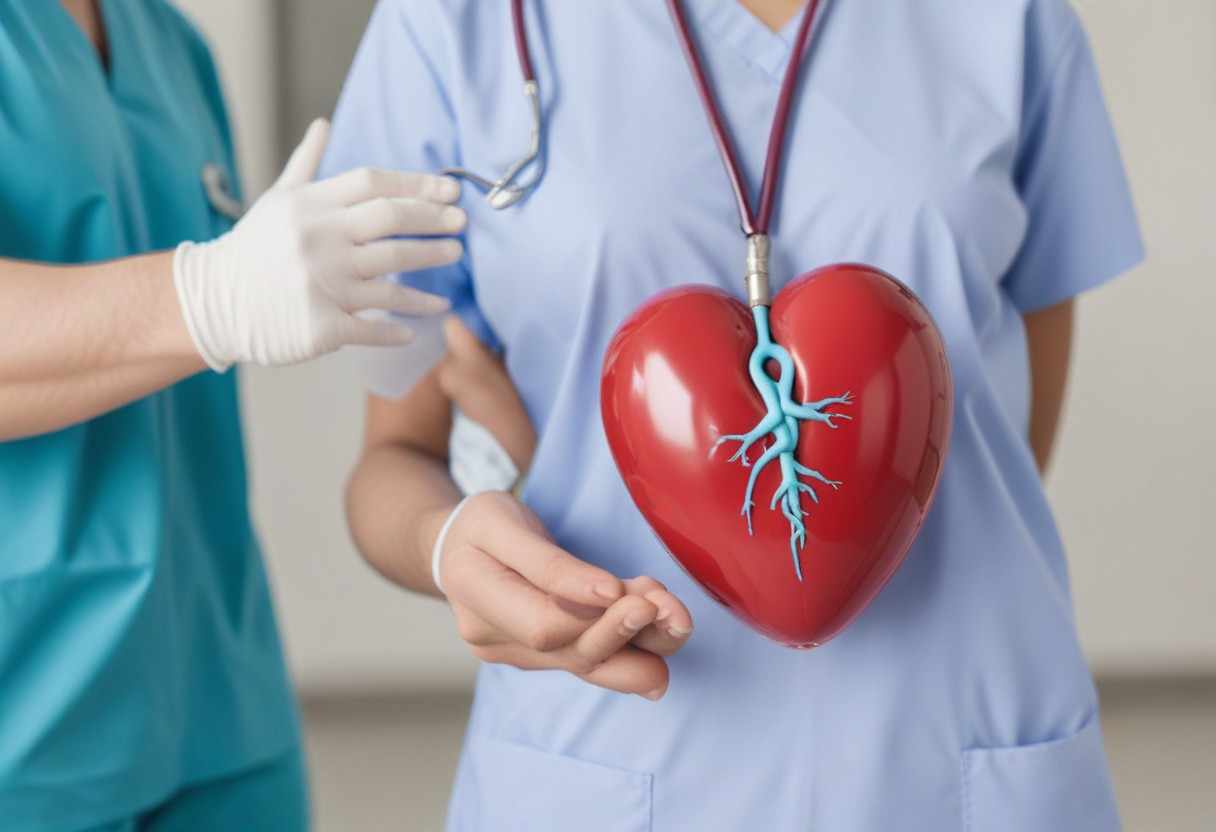
Write a comment ...